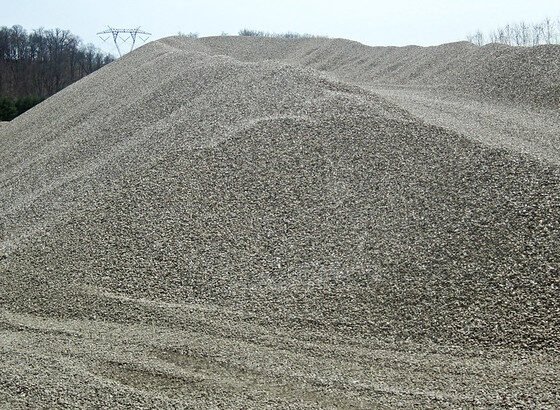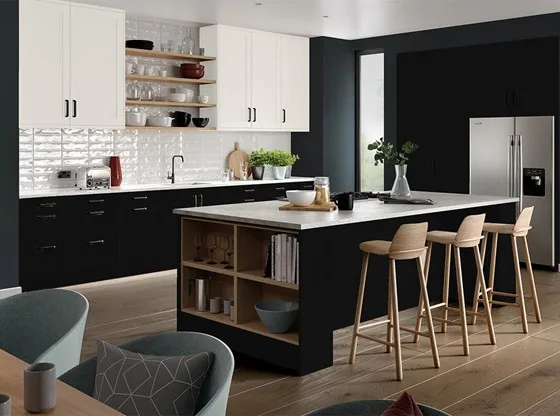Table of Contents Show
When approaching the cold season, you want to be adequately prepared for it. Among the necessities needed for the weather is a heater.
Shopping for heaters can be tricky since you will need to choose from the many varieties available.
However, you can narrow down the selection to gas and wood-fired ovens, which have proven to be the right choice for the longest time.
As you only need to choose one, you can use the pros and cons of each to be the basis of your selection. This article helps you weigh your options about the right choice between gas and wood-fired ovens.

Energy Efficiency
Many individuals are becoming environmentally conscious; therefore, there is an increased need to get more energy-efficient ovens.
Besides being energy efficient, they are known to reduce operational costs drastically. Thus, comparing gas and wood-fired ovens in energy efficiency, the gas oven will always win the battle.
This is because gas ovens burn more cleanly and produce fewer polluting emissions. On the other hand, a wood-fired oven approximately emits 28 pounds of particulate emission every time it is used; this 99% more emissions than a gas oven.
Installation Process
Gas ovens are more challenging to install than wood-fired counterparts since the gas lines need to be correctly fixed.
Therefore, only a professional is capable of fixing a gas oven. The wood-fired ovens can be installed as a do-it-yourself project since it is a straightforward process.
Read Also:
Safety Measures
More attention needs to be paid when installing or using heating appliances since any slight mistake can get out of hand. In this regard, gas ovens are a safer option than wood-fired counterparts.
This can be attributed to gas ovens not producing any fumes or soot when used, which can be a health hazard.
Furthermore, gas ovens are desirable since they do not produce any sparks making them safer to use in a home with kids.
However, you need to pay proper caution when using gas ovens since a gas leak can turn disastrous.
To avoid this possibility, you will need to perform routine maintenance practices on the gas lines.
A safety measure to follow with a wood-fired oven is ensuring the fire is completely put out every time, and it should also be set up away from high combustible substances.
Convenience
Gas ovens are more convenient compared to wood-fired counterparts. You can use and adjust the heat temperatures of a gas oven with a touch of a knob.
The adjustability features make it energy-efficient and easier to use. But, a wood-fired oven needs the constant addition of woods to keep the temperatures high.
It is even more difficult when you want to lower the temperature. These ovens could also prove inconvenient if you don’t have extra storage room for the wood.
Maintenance
Due to the high production of smoke and soot, wood-fired ovens are usually hard to maintain. You will need constant cleaning to eliminate the soot and other chemicals that are a potential fire hazard.
Also, the burning of charcoal produces a harmful tar substance called creosote which leaks dangerous chemicals into the air.
In comparison, gas ovens have fewer maintenance procedures; so long as the gas lines are in pristine condition.
You can also regularly wipe down the fire pit cover or place a cover over it during the rainy or snowy season.
Aesthetic Appeal
Wood-fired ovens give your home a classic feel, thanks to the rustic smell and crackling sound produced by the wood-burning.
With technological advancement, ovens have been modified to produce a flame. However, they still cannot match the scent produced by the wood-fired oven.










